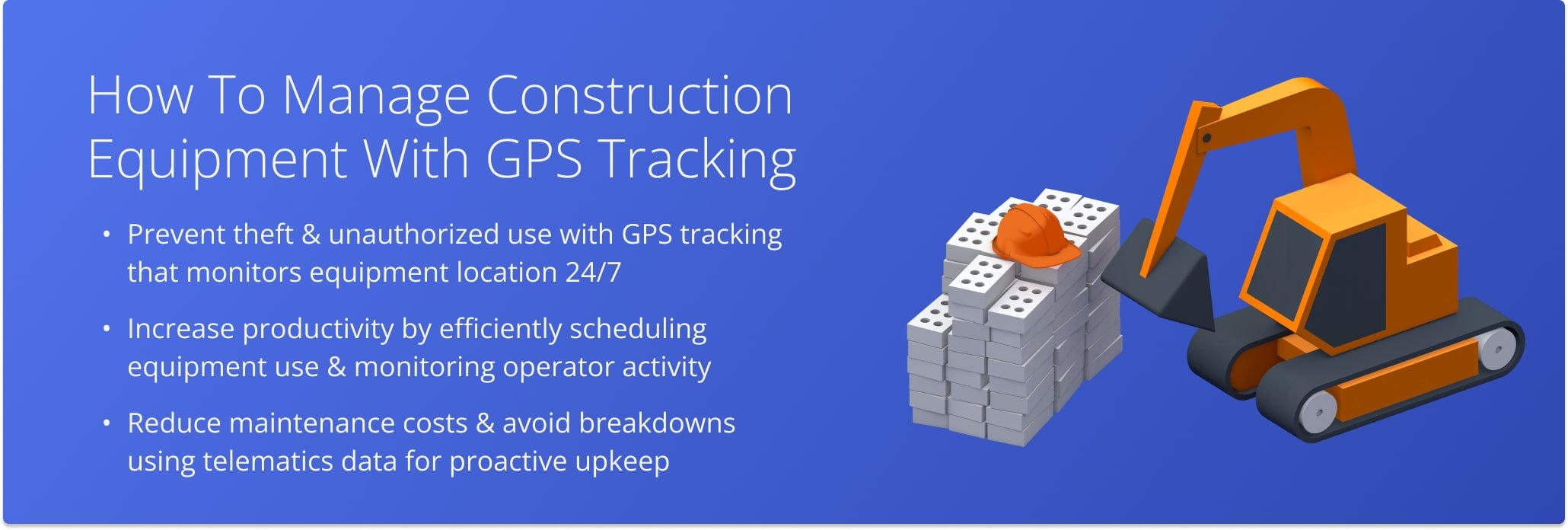How To Manage Construction Equipment With GPS Tracking
Heavy equipment like bulldozers and loaders represent a significant investment, and maximizing their use is essential for profitability. GPS tracking for construction equipment not only improves scheduling and reduces downtime but also protects assets from theft and unauthorized use. By combining real-time visibility with route optimization, companies can boost ROI, enhance security, and keep projects on schedule. This guide explores how GPS-enabled tracking solutions strengthen both productivity and asset protection in construction operations. 
Real-Time Equipment Monitoring For Construction Fleets
The high cost of construction equipment makes it a frequent target for theft, and even with insurance, the downtime caused by a stolen asset can result in missed project deadlines, idle workers, and costly delays. Protecting your heavy equipment, from bulldozers to loaders, is essential for keeping projects on track and clients satisfied.
With Route4Me’s GPS tracking for construction equipment, you gain real-time visibility into every asset, helping you detect after-hours use, fuel theft, and other abnormal behaviors before they become major problems. By combining GPS tracking with connected telematics, you can monitor both equipment location and operator usage at all times.
Our hardware integrations also provide valuable maintenance insights, allowing you to schedule service proactively and prevent unexpected breakdowns.
Key Benefits Of GPS Tracking For Construction Equipment
- GPS tracking for construction equipment helps recover stolen assets quickly
- Construction equipment tracking increases productivity and reduces costly downtime
- Construction fleet management software lowers expenses while boosting ROI
Use Cases Of GPS Tracking For Construction Equipment
GPS tracking for construction equipment applies to a wide range of real-world scenarios:
- Theft Prevention: Protect high-value equipment like bulldozers, excavators, and loaders with real-time location monitoring and recovery tools.
- Project Efficiency: Track equipment movement across job sites to ensure assets are being used where they’re needed most, reducing idle time.
- Maintenance Scheduling: Use GPS data and telematics to monitor engine hours, fuel usage, and wear, allowing proactive servicing to prevent costly breakdowns
- Fleet Optimization: Improve construction fleet management by identifying underutilized assets and reallocating them to active projects.
By integrating GPS tracking into construction fleet operations, companies can reduce risk, lower costs, and increase overall equipment ROI.
Last Updated: